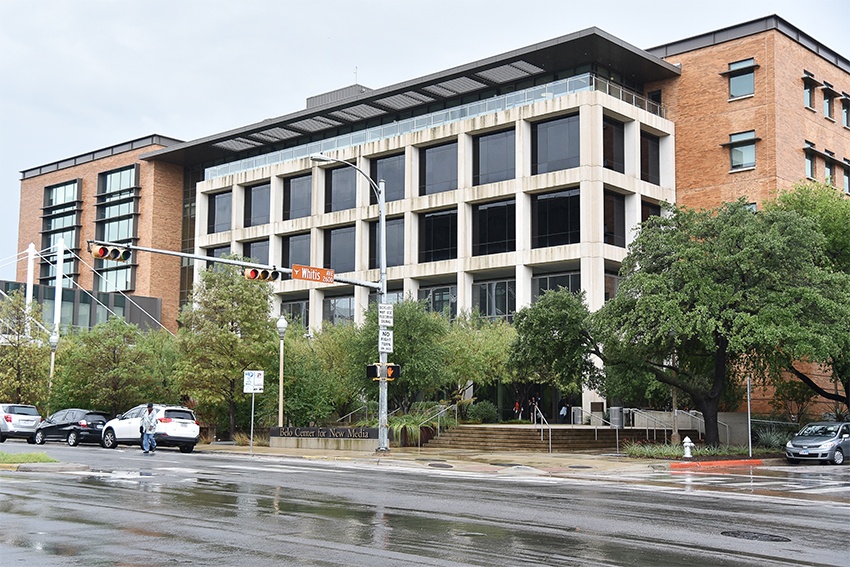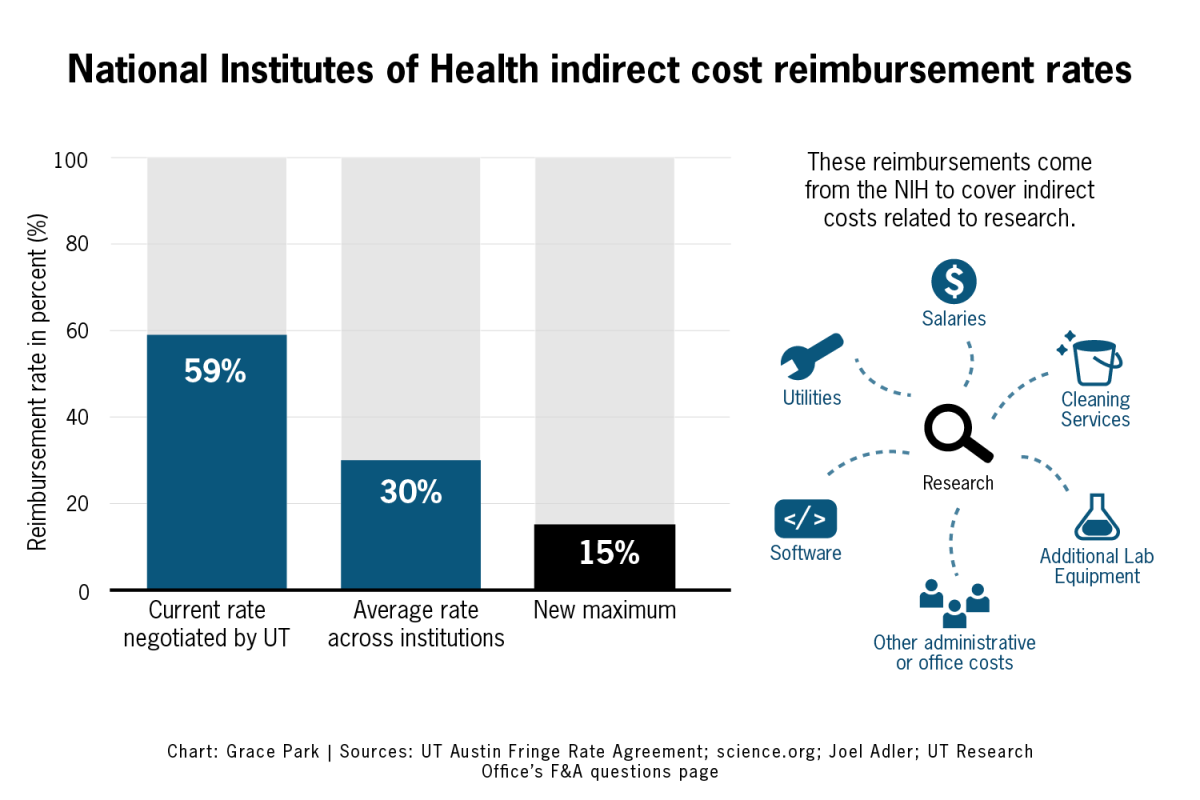Students offered to participate in the Path to Admission through Co-Enrollment program in 2014 had a higher enrollment rate in the program than those offered to participate in the UT Coordinated Admission Program, according to enrollment figures from the University.
Like CAP, the PACE program, a partnership with Austin Community College, gives students who were originally denied admission to UT-Austin an alternative outlet for attending the University. In 2014, 24.9 percent of students accepted their offer to enroll in PACE, while 15.8 percent of students accepted the University’s offer to enroll in the CAP program at other UT System institutions.
This is a change from 2013, the first year PACE began admitting students, when 18.6 percent of students accepted the CAP offer and 9.1 percent accepted PACE.
David Laude, senior vice provost for enrollment and graduation management, said PACE was developed as a way to admit students who were almost able to get into the University but were not accepted because of class space constraints. He said these students typically tend to be in the top-10 percent of their graduating class.
“We typically admit 7,200 freshmen [into UT-Austin] because that’s what we have capacity for,” Laude said. “But by developing this relationship with ACC, where we offer just one class to the PACE students and ACC offers the additional three or four, we were able to provide an additional collection of students with that foot in the door to get into UT-Austin.”
Students who decide to enroll in PACE are required to take 24 hours of classes in residence at ACC, as well as at least six hours of classes at UT-Austin. After successfully completing the program, students are able to transfer directly to the University. Those who enroll in CAP are able to transfer to the University from another UT System school after having a 3.2 GPA after two semesters without having failed any classes.
Laude said this past year, 845 freshman University applicants were offered PACE under holistic review, a process used to identify students more likely to come to UT-Austin. This differs from CAP, in which everyone who is not accepted into the University has the opportunity to participate.
“Overall, the caliber of PACE students is going to be generally higher because it’s not just open to everybody who is denied admission to UT-Austin,” Laude said. “So we’re somewhat more selective, and that would mean the kind of student [accepted into PACE] is more likely to meet the minimum requirements.”
Of the 845 students offered to participate in PACE, 203 of those freshman applicants enrolled in part-time, in-residence coursework on the UT-Austin campus, according to University data.
Meanwhile, 773 out of 1,673 CAP participants transferred to UT-Austin from another System institution in 2014. More than 60 percent of CAP transfers came from UT-San Antonio.
Laude said UTSA is in the process of reducing the number of students it accepts through CAP, which was previously used to attract more students to all System campuses across the state.
“But what’s happened over the last decade or so is that those campuses have become increasingly attractive to students in their own right,” Laude said. “So there are now lots of students who want to go to UTSA, and that’s their first choice. As that number of students grows, what is happening is UTSA is put in this position where they’ve got kids there who aren’t really ‘Roadrunners.’”
Joe Izbrand, chief communications officer at UTSA, said approximately 70 percent of CAP students coming to UTSA leave after their first year, artificially deflating four- and six-year graduation rates and negatively impacting the first-year retention rate by 10 percent.
“Graduation rates are an important factor in seeking funding support for the University, and our advancement toward designation as a Tier One research institution,” Izbrand said in an email. “So our focus needs to be on admitting those students who are committed to starting and finishing their college career at UTSA, completing their studies on time and taking advantage of the exceptional research opportunities UTSA has to offer.”



















